WHO CAN KILL A CHILD? -WHICH HISTORICAL BACKGROUND WAS BEHIND?
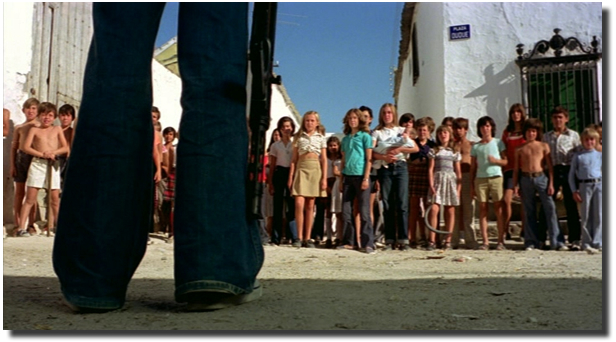
By Erika Tiburcio (*)
Who Can Kill a Child? (¿Quién puede matar a un niño?, Narciso Ibáñez Serrador, 1976) portrays a devastating outlook based on the idea that whole group of children, who live in the same village, could kill every adult who they bump into. To understand this idea from a historical perspective, it is important to take into account that since the WWII, the Cold War had divided the world into communist and capitalism, two confronted systems led by URSS and USA respectively. As it is shown at the beginning of the film, the international conflicts during the 20th century (Auschwitz, Korea, Vietnam…) ended up with the death or horrid life conditions of children. That way, the director plays with the idea of them taking revenge because of the constant attack they have been suffering.
Only 5 months before the premiere of this film, the 20 November 1975, Francisco Franco, the dictator who ruled Spain for more than 40 years, died on his bed. Despite many people think, his death was not an automatic forward leap but the advances were progressive. That way, the government was presided by Carlos Arias Navarro, a well-known politician close to Franco, whose main purpose after Franco’s death was the continuation of the same regime. Despite his desire, two years later, in 1978, Spain finally became a democracy.
As we can imagine, the year in which the film was released, many people were scared of the future and the idea of having to go through another civil war. It seemed that there could only be two ways: to continue the old regime or to turn to a new one. Hence, the two worlds are incarnated, on the one hand, by adults, who represent the old regime and, on the other, children, who represent the unknown regime. These little youths rebel against the parents and the adult authority vanishes, which allows the children to be in control. Likewise, this youth rebellion shown in the film is a representation of the demonstrations of people who wanted democracy and to break the fascist chains. The open ending of the film delves into this fear, leaving the old spectator with a feeling of despair, because this rebellion of “innocent” children who play to kill adults could be widespread.
Furthermore, it is important to note that the children who start killing and enjoy it are from an isolate village in an island. The reason why I point the setting out is because there was a tension between the rural and the urban areas. The urban areas were associated with the modernity and the rural areas with backwardness. Areas such as Las Hurdes[1] (Extremadura, Spain) had shown the existent gap among some other regions of Spain. Not only is this breach shown by the aspect of the village as a typical little town of Spain, mainly in Castile, but also the sea becomes a division between the two worlds, because all the adults in Almanzora die and nobody knows until the police arrives there.
Besides, the own main characters refer to tourism, essential for Spanish development, encouraged by Franco in the 60s, as well as a very important economic activity as well. Tourism was decisive in the development of the Spanish economy. The tourism is put in danger because in the film there is a place where no tourist can go.
Finally, there is another important theme analyzed in the film: the question of morality and immorality. As we discover during the second half of the movie, all adults have died due to the fact that they could not kill the children because it was morally wrong. In those years, morality was strongly linked to the Catholicism, and certain themes such as sex or delinquency were very controversial. According to this religion, suffering is a part of the good purposes of God and the catholic’s duty is to put up with it. Regarding the first images where children are the main victims of the human disasters, the director takes this dogma and turns these children into human monsters. But thinking about the same images, these children are depicted as a logical consequence of the violent and inhuman world of the 20th century.
[1] Luis Buñuel made a documentary entitled Land Without Bread aka. Unpromised Land (Las Hurdes: Tierra sin Pan, 1933). In this documentary, Luis Buñuel records the intense poverty of this Spanish region’s inhabitants, who did not know the bread.
______________________________________________________________________________________
 Erika Tiburcio (nancykrueger) lives in Madrid and works as a teacher. Currently she is doing her PhD thesis about the serial killer in American horror movies from Psycho to Henry: Portrait of a Serial Killer. She loves horror movies, comic books, video games, etc. She has contributed to some Spanish websites and magazines like Phenomena Experience magazine and La Mansión del Terror and has written some articles for different international magazines like Serial Killer Calendar.
Erika Tiburcio (nancykrueger) lives in Madrid and works as a teacher. Currently she is doing her PhD thesis about the serial killer in American horror movies from Psycho to Henry: Portrait of a Serial Killer. She loves horror movies, comic books, video games, etc. She has contributed to some Spanish websites and magazines like Phenomena Experience magazine and La Mansión del Terror and has written some articles for different international magazines like Serial Killer Calendar.

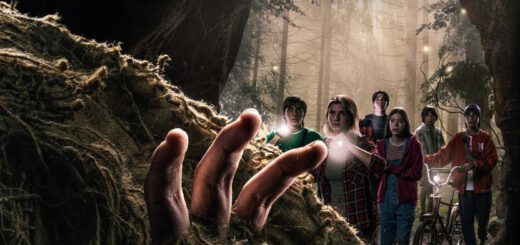
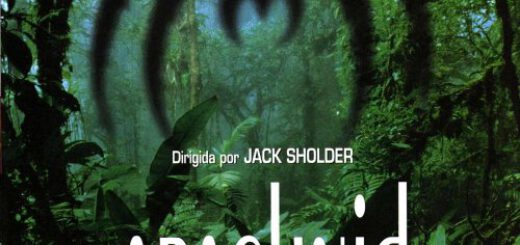
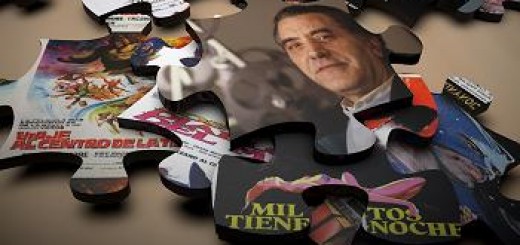


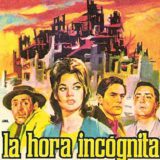

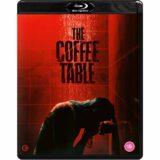
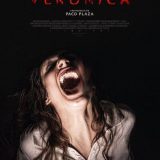

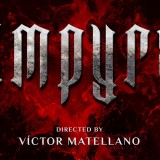
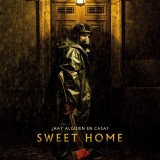
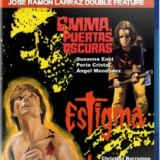
2 Responses
[…] WHICH HISTORICAL BACKGROUND WAS BEHIND? […]
[…] – Erika Tiburcio’s article about THE HISTORIAL BACKGROUND BEHIND WHO CAN KILL A CHILD? […]